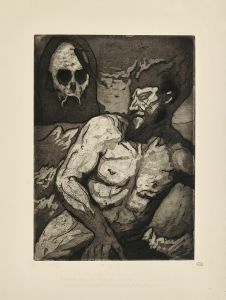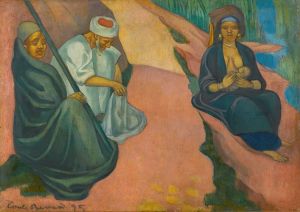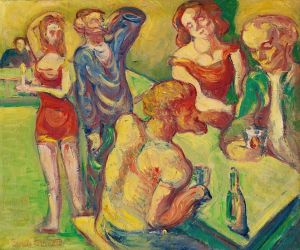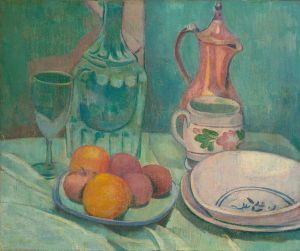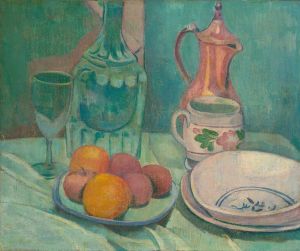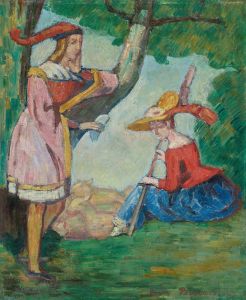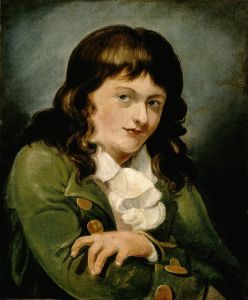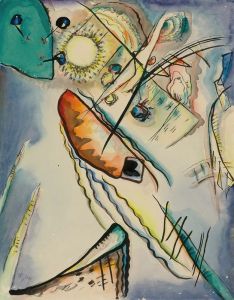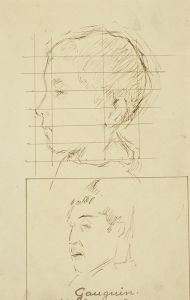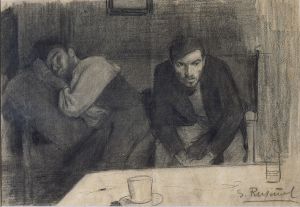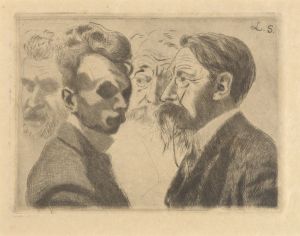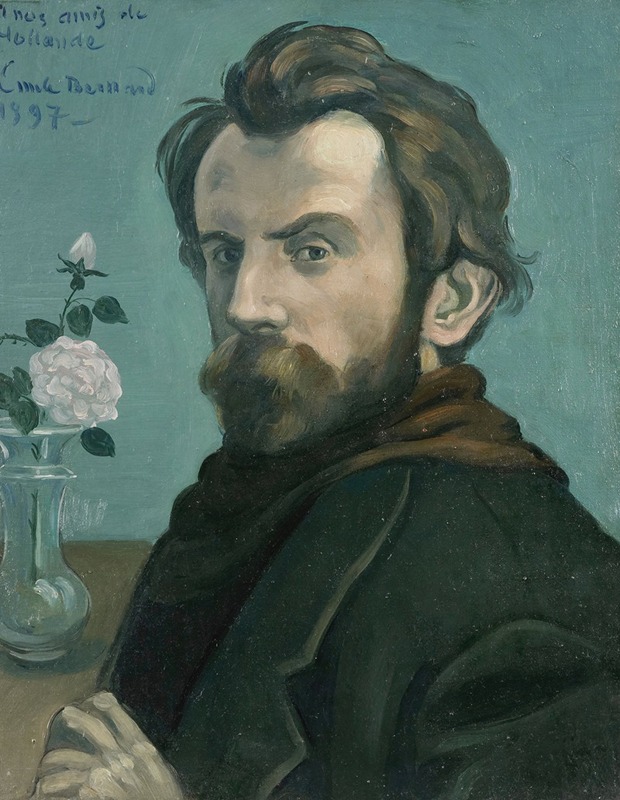
Self-portrait
A hand-painted replica of Emile Bernard’s masterpiece Self-portrait, meticulously crafted by professional artists to capture the true essence of the original. Each piece is created with museum-quality canvas and rare mineral pigments, carefully painted by experienced artists with delicate brushstrokes and rich, layered colors to perfectly recreate the texture of the original artwork. Unlike machine-printed reproductions, this hand-painted version brings the painting to life, infused with the artist’s emotions and skill in every stroke. Whether for personal collection or home decoration, it instantly elevates the artistic atmosphere of any space.
Émile Bernard's "Self-portrait" is a notable work by the French Post-Impressionist artist, who was an influential figure in the late 19th-century art scene. Born in 1868, Bernard was a contemporary and associate of artists such as Vincent van Gogh, Paul Gauguin, and Henri de Toulouse-Lautrec. His contributions to the development of Symbolism and Cloisonnism were significant, and his self-portraits offer insight into his artistic journey and personal introspection.
The "Self-portrait" by Émile Bernard is a reflection of his exploration of style and technique during a period when he was actively engaging with other avant-garde artists. Bernard was known for his bold use of color and distinct outlines, a style that came to be known as Cloisonnism. This technique, characterized by flat areas of color separated by dark contours, was inspired by stained glass and Japanese prints, which were gaining popularity in Europe at the time.
In this self-portrait, Bernard employs these stylistic elements to convey his identity and artistic philosophy. The painting is marked by its vivid color palette and the strong delineation of forms, which together create a striking and memorable image. Bernard's use of color is not merely decorative but serves to express deeper emotional and psychological states, a hallmark of Symbolist art.
Bernard's relationship with other artists of his time is crucial to understanding his self-portrait. He was a close friend of Vincent van Gogh, with whom he exchanged numerous letters discussing art and technique. These correspondences reveal Bernard's thoughts on the role of color and form in conveying meaning, ideas that are evident in his self-portrait. Additionally, his collaboration with Paul Gauguin was instrumental in the development of Synthetism, a style that emphasized the synthesis of form and color to express ideas.
The self-portrait also reflects Bernard's personal life and experiences. Throughout his career, Bernard oscillated between different artistic movements and styles, often returning to traditional themes and techniques. This tension between innovation and tradition is palpable in his self-portrait, where he balances modernist tendencies with classical influences.
Émile Bernard's "Self-portrait" is not just a depiction of the artist's physical appearance but a complex representation of his artistic identity and philosophical beliefs. It stands as a testament to his role in the evolution of modern art and his interactions with some of the most prominent artists of his time. Through this work, Bernard invites viewers to contemplate the nature of self-representation and the ways in which art can transcend mere likeness to explore deeper truths about the human condition.
In summary, Émile Bernard's "Self-portrait" is a significant work that encapsulates the artist's innovative spirit and his contributions to Post-Impressionism and Symbolism. It is a vivid example of his mastery of color and form, as well as his engagement with the artistic currents of his era.







